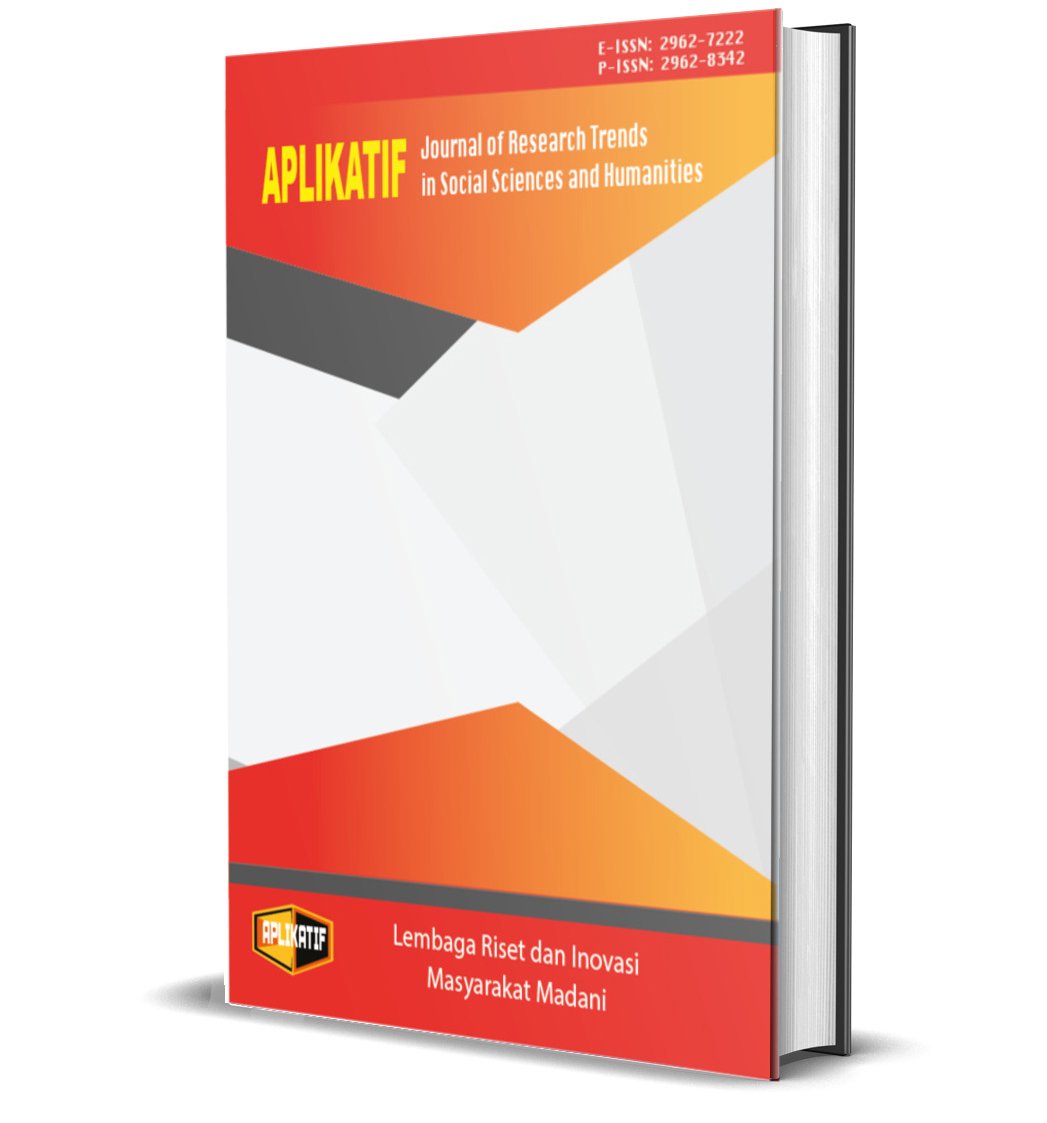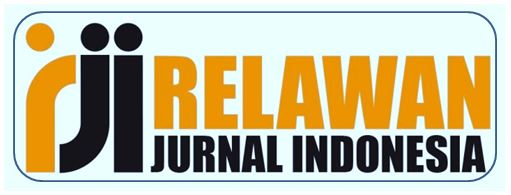The Effect of News on Twitter Related to Sexual Harassment of Women on The Level of Anxiety of Female Students
https://doi.org/10.59110/aplikatif.v1i2.103
Keywords:
News, Sexual Harassment, TwitterAbstract
Twitter is one of the social media that is widely used by the public to find information. One of the news that is often highlighted on this platform is news related to sexual harassment. The purpose of this study was to determine the influence and relationship of reports of sexual harassment spread through Twitter social media on the anxiety level of female students. This research uses quantitative research methods with shortor explanatory methods. The population in this study was female students of the Communication Science Study Program, Mercu Buana University Yogyakarta class of 2021 as many as 126 female students. The data collection technique used is a questionnaire on the influence of media use and a questionnaire for meeting information needs. The data obtained were analyzed using SPSS Version 20 software. The results showed that there was no relationship or influence of sexual harassment reports spread through Twitter social media on female students' anxiety.
Downloads
References
Abdullah, Ma’ruf. (2015). Metode Penelitian Kuantitatif. Aswaja Pressindo: Yogyakarta.
Adiyanto, W. (2020). Pemanfaatan media sosial Instagram sebagai ruang diskusi upaya pencegahan pelecehan seksual di lingkungan akademis. Jurnal Ilmiah Pangabdhi, 6(2), 78-83.
Afiyah, A. A. (2021). Penilaian masyarakat mengenai kenormlan berita-berita kekerasan seksual di media sosial twitter (Doctoral dissertation, Universitas Islam Negeri Maulana Malik Ibrahim Malang).
Ayuningtias, P. (2013). Hubungan Antara Terpaan Media Mengenai Penculikan Anak Di Televisi Dengan Tingkat Kecemasan Orang Tua di RT 23 Kelurahan Sidomulyo Samarinda. EJournal Lmu Komunikasi, 1(2), 14-27.
Farley, R., Schuman, H., Bianchi, S., Colasanto, D., & Hatchett, S. (1978). “Chocolate city, vanilla suburbs:” Will the trend toward racially separate communities continue?. Social Science Research, 7(4), 319-344.
Hakim, L., Rosdiani, K., Alexander, J. L., & Safitri, D. (2019). Pemahaman pelecehan seksual para “follower” akun instagram@ ffa_com. Mediator: Jurnal Komunikasi, 12(2), 113-127.
Harrera, A. E. P. (2016). Pemanfaatan media sosial Twitter oleh Ridwan Kamil dan Ganjar Pranowo telah sesuai dengan fungsi utama media massa. Jurnal The Messenger, 8(2), 52-60.
Hasny, F. A. (2021). The Pengaruh Terpaan Informasi pada Whatsapp Messenger Terhadap Kepatuhan Masyarakat dalam Menyikapi Protokol Kesehatan Covid-19. MEDIALOG: Jurnal Ilmu Komunikasi, 4(2), 232-243.
Kurnianingsih, S. (2003). Pelecehan seksual terhadap perempuan di tempat kerja. Buletin Psikologi, 11(2).
Mulyana, D. (2002). Pengaruh terpaan informasi kesehatan di televisi terhadap sikap hidup sehat keluarga. Mediator: Jurnal Komunikasi, 3(2), 309-322.
Nurhadi, Z. F. (2017). Model komunikasi sosial remaja melalui media twitter. Jurnal Aspikom, 3(3), 539-549.
Putra, D. K., & Hirzi, A. T. (2022). Hubungan Pemberitaan di Media Online dengan Pembentukan Opini pada Mahasiswa Universitas Islam Bandung. Jurnal Riset Jurnalistik dan Media Digital, 37-42.
Safko, L. (2010). The social media bible: tactics, tools, and strategies for business success. John Wiley & Sons.
Saputra, E. (2016). Dampak Sosial Media Terhadap Sikap Keberagamaan Remaja Dan Solusinya Melalui Pendidikan Agama Islam. Sosio e-kons, 8(2).
Sugiyono. (2013). Metode Penelitian Kuantitatif, Kualitatif, dan R&D. Alfabeta: Bandung
Wahyudi, H. S., & Sukmasari, M. P. (2018). Teknologi dan kehidupan masyarakat. Jurnal Analisa Sosiologi, 3(1), 13-24.
Downloads
Published
How to Cite
Issue
Section
License
Copyright (c) 2022 Feni Lestari, Nur Mala Pusphita Sari, Zainal Abidin, Nafida Hetty Marhaeni

This work is licensed under a Creative Commons Attribution-ShareAlike 4.0 International License.
















